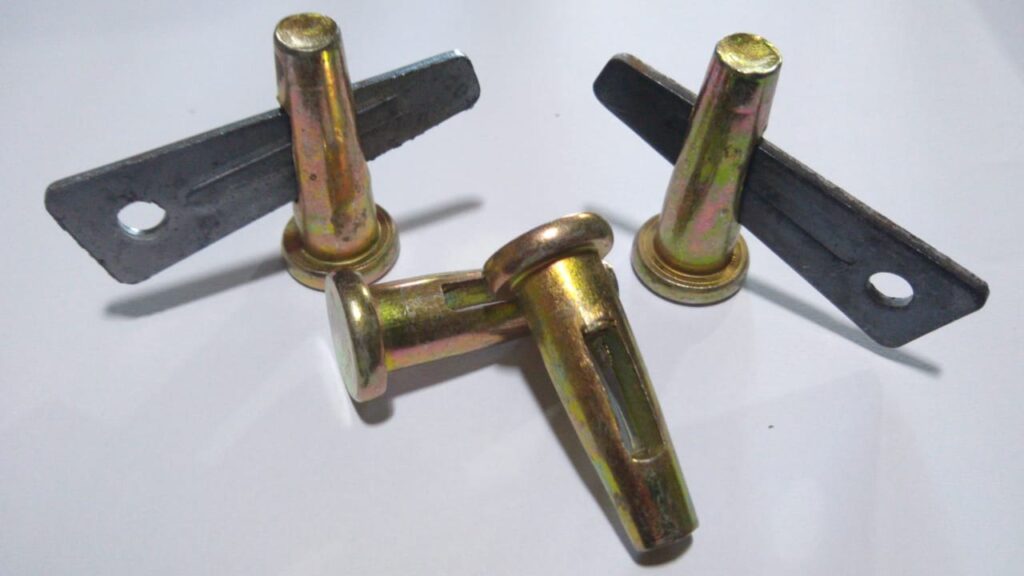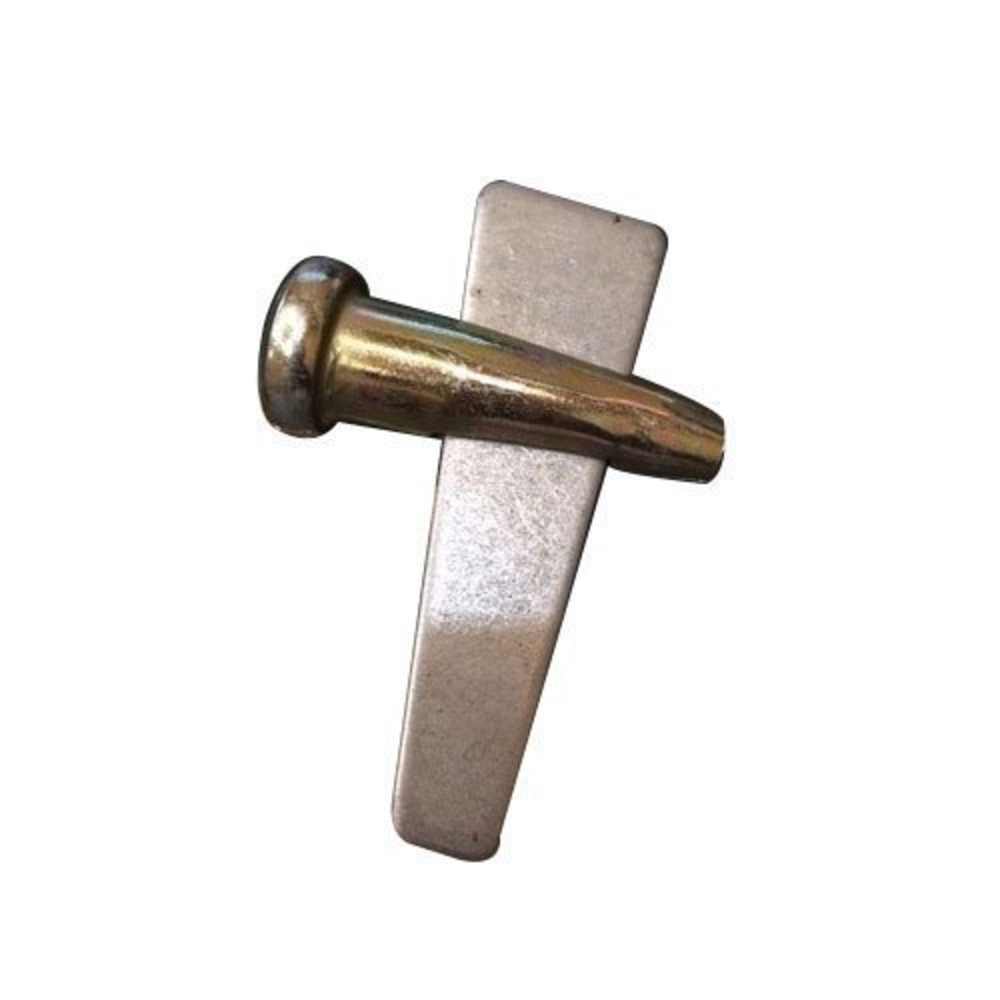
Stub Pins and Wedge Pins When it comes to fastening solutions, stub pins and wedge pins are essential components in various applications across industries. Understanding their characteristics, uses, and advantages can help you choose the right type for your projects. Here’s a comprehensive overview of both types of pins.
What Are Stub Pins?
Stub pins are short, cylindrical fasteners designed to provide a secure connection between two components. They are often used in situations where space is limited and require a robust yet compact fastening solution.
Key Features:
- Length: Typically shorter than standard pins, making them ideal for tight spaces.
- Design: May have a knurled or smooth surface for better grip and alignment.
- Material: Commonly made from steel, stainless steel, or other durable materials to ensure longevity and resistance to wear.
Common Applications:
- Machinery Assembly: Used to align and secure parts in heavy machinery.
- Furniture Manufacturing: Often found in modular furniture for easy assembly and disassembly.
- Automotive Parts: Frequently used in vehicles for securing components.
What Are Wedge Pins?
Wedge pins, on the other hand, are designed to create a secure, tight fit through a unique wedging action. When inserted, they expand to fill the space between components, ensuring stability and reducing the likelihood of movement.
Key Features:
- Shape: Tapered design that allows for easy insertion and a secure fit.
- Locking Mechanism: Wedge pins often feature a mechanism that locks the pin in place once inserted, enhancing security.
- Versatility: Available in various sizes to suit different applications.
Common Applications:
- Construction: Used in scaffolding and temporary structures to hold components securely.
- Automotive Industry: Often utilized in engine assemblies and other high-stress areas.
- Machinery: Common in industrial equipment for a robust connection.
Comparing Stub Pins and Wedge Pins
| Feature | Stub Pins | Wedge Pins |
|---|---|---|
| Length | Short, compact | Variable, often longer |
| Insertion | Straightforward | Requires a slight twisting motion |
| Fit | Provides a stable connection | Expands for a tight fit |
| Applications | General assembly, furniture, etc. | Heavy-duty applications, scaffolding |
Benefits of Using Stub and Wedge Pins
- Ease of Use: Both types of pins are easy to install and remove, making them convenient for assembly tasks.
- Durability: Made from strong materials, they offer long-lasting performance in various environments.
- Versatility: Suitable for a range of applications, from furniture to heavy machinery, making them valuable additions to any toolkit.
Conclusion
Choosing the right pin for your project can significantly impact the overall performance and reliability of your assembly. Whether you opt for stub pins for their compactness or wedge pins for their secure fit, understanding the characteristics and applications of each type will help you make an informed decision. By incorporating these fasteners effectively, you can enhance the quality and durability of your projects, ensuring they stand the test of time.

Leave a Reply